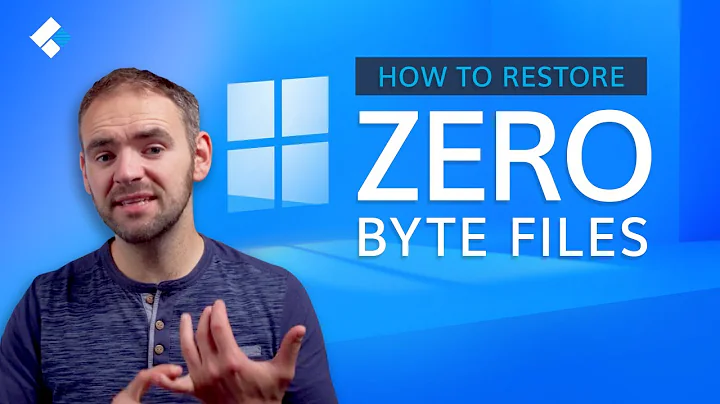How do I trim bytes from the beginning and end of a file?
Solution 1
You can combine GNU tail and head:
tail -c +26 file | head -c -2
will output the contents of file starting at byte 26, and stopping two bytes (minus two -2) before the end. (-c operates on bytes, not characters.)
Solution 2
dd will do both for you in a single command. Set the block size to 1 byte, skip the 25 first bytes, count to the size of file minus skip and end bytes.
100 byte file
file.img
dd if=./file.img of=./trimed_file.img bs=1 skip=25 count=73
Double check numbers cause it might count from 0.
Solution 3
With ksh93:
{ head -c "$n"; } < file <#((n = EOF - 25 - 2 , 25))
Or to do it in-place:
{ head -c "$n"; } < file <#((n = EOF - 25 - 2 , 25)) 1<>; file
If you have /opt/ast/bin ahead of your $PATH, you'll get the head builtin.
-
<#((...))is alseek()operator....is interpreted as an arithmetic expression whereEOFis the length of the file. So above, we're assigning the length of the portion to display to$nand seeking to 25 bytes within the file. -
<>;is a open-in-read+write-mode-and-truncate-if-the-command-is-successful redirection operator.
Related videos on Youtube
Brandon Condrey
Consider opposing apartheid in Palestine and signing onto the BDS Movement; #1 User for DBA.SE 2017. Available for contracting: 281.901.0011 PostgreSQL & PostGIS / MySQL / SQL Server JavaScript, Typescript, Rx.js, Node.js, Angular Also: C / Perl / Python / Rust / x86 Assembly
Updated on September 18, 2022Comments
-
Brandon Condrey almost 2 years
I have a file, that has trash (binary header and footer) at the beginning and end of the file. I would like to know how to nuke these bytes. For an example, let's assume 25 bytes from the beginning. And, 2 bytes from the end.
I know I can use truncate and dd, but truncate doesn't work with a stream and it seems kind of cludgey to run two commands on the hard file. It would be nicer if
truncate, knowing how big the file was, could cat the file todd. Or, if there was a nicer way to do this? -
Ronit about 7 yearsisn't too slow?
-
 jc__ about 7 yearsToo slow? Only if the file is very large like many GB. Then you could adjust the block size.
jc__ about 7 yearsToo slow? Only if the file is very large like many GB. Then you could adjust the block size. -
Ronit about 7 yearsit took 0m8.319s for a 1.3 MB file, For the count he can use something like
$((stat -c %s test` - 5 ))` I guess. -
 jc__ about 7 yearsRemember that skip and count are blocks not bytes. Pick the largest multiple for the block size. The closer the block size is to the HD buffer size the more efficient and faster the command is.
jc__ about 7 yearsRemember that skip and count are blocks not bytes. Pick the largest multiple for the block size. The closer the block size is to the HD buffer size the more efficient and faster the command is. -
Ronit about 7 yearsYeah, however bs is defined 1 in your command :-) so in this case it will work...
-
 ilkkachu about 7 yearswith
ilkkachu about 7 yearswithbs=1dd makes two system calls for each byte, that's horribly slow. GNU dd has thecount_bytesandskip_bytesthat can help, do something likedd bs=8192 iflag=count_bytes,skip_bytes skip=25 count=73 < infile > outfile -
 Stéphane Chazelas about 7 yearsNote that
Stéphane Chazelas about 7 yearsNote thattail -c +26is standard (head -c -2is not). -
 cat about 7 years@StéphaneChazelas is there a POSIX compliant version of the
cat about 7 years@StéphaneChazelas is there a POSIX compliant version of thehead -c -2command? -
Zorglub29 over 4 yearsThis does not work well when the file contains null bytes, right?
-
Stephen Kitt over 4 years@Zorglub29 it works for me even with null bytes.






